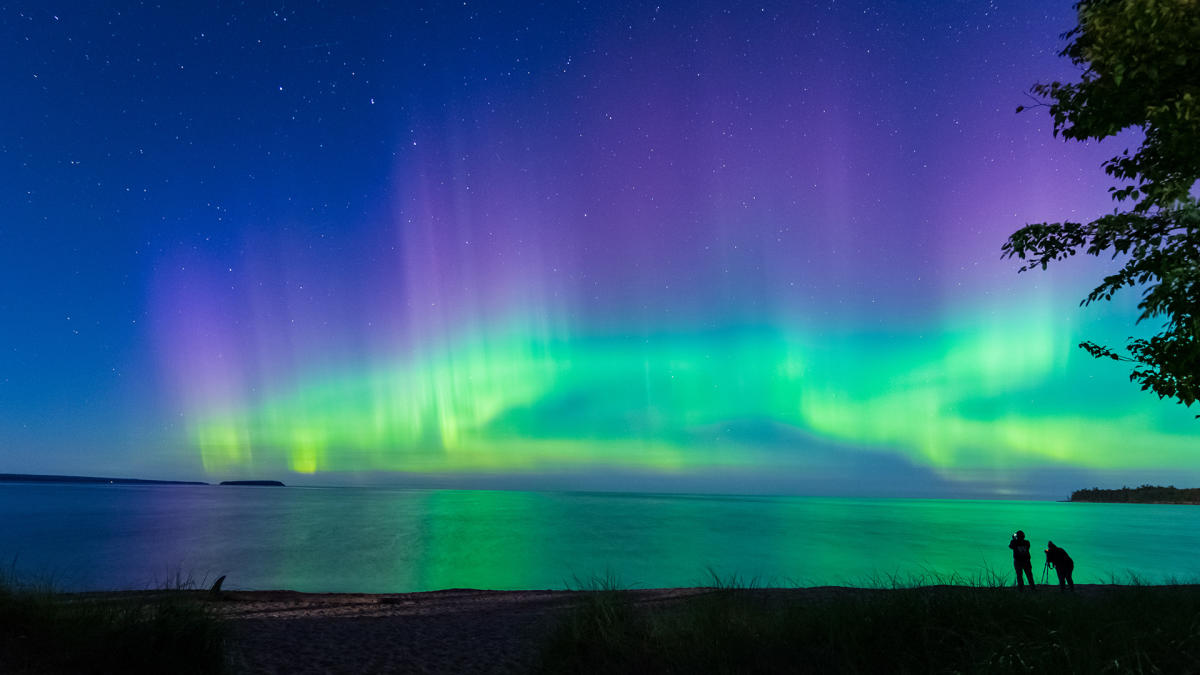After Severe Geomagnetic Storm, Northern Lights May Dazzle
The natural world has once again prepared a spectacular show for us, this time courtesy of a celestial event that has captivated scientists and skywatchers alike. Following a significant coronal mass ejection (CME) and a subsequent severe-level geomagnetic storm, sky enthusiasts across the Northern Hemisphere are on the edge of their seats, anticipating a rare opportunity to witness the mesmerizing Northern Lights, also known as the Aurora Borealis.
The Spectacle in the Sky
The Northern Lights are more than just a light show; they are a dance of particles and magnetic fields. During a CME, the Sun ejects a massive bubble of electrified gas and magnetic fields into space. When these particles collide with Earth’s magnetic field and atmosphere, they create a colorful display of light. While these auroras are more common in polar regions, recent geomagnetic storms have increased their visibility, potentially making them visible much further south than usual.
Why This Night Is Special
According to the National Oceanic and Atmospheric Administration (NOAA), the Earth experienced a severe G4 geomagnetic storm, which is quite significant on their 5-point scale of geomagnetic storms. This level of storm increases the possibility of experiencing the aurora borealis across a broader range of latitudes. Reports suggest that the storm might have opened a crack in Earth’s magnetosphere, allowing solar wind to interact more directly with our planet’s atmosphere and potentially creating more vivid displays.
How to Catch the Northern Lights
- Location, location, location: Find a spot away from city lights and pollution. Dark skies are crucial for a clear view of the auroras.
- Cloud Cover: Check the local weather forecast. Clear skies are ideal for aurora viewing.
- Look North: In the Northern Hemisphere, the auroras will appear in the northern sky. Find a location with a clear view in that direction.
- Stay Informed: Follow space weather updates. Auroras can be unpredictable, and geomagnetic activity changes rapidly. Websites and social media platforms provide real-time aurora forecasts and alerts.
- Patience is Key: Auroras can appear and fade over the course of the night. Be prepared to wait and keep watching the skies.
Expectations for Tonight
While the geomagnetic storm seems to be waning, the remaining solar wind suggests there’s still a chance to catch the Northern Lights tonight. Enthusiasts advise to bundle up, get comfortable, and keep your eyes on the sky, as these celestial lights have a way of surprising even the most experienced watchers. Dr. Ian Griffin, an astronomer in New Zealand, shared his own awe-inspiring encounter, highlighting the importance of seizing these moments when they arise.
“I woke up at home at about 4 am and I just looked out the window,” he explained, recounting his recent experience with the auroras. Despite initial obstacles like cloud coverage and a bright full moon, Griffin was able to capture the moment Aurora Australis lit up the skies with green and red before sunrise on Monday. His experience underscores the unpredictability and sheer beauty of these events.
The imminent solar maximum, a peak in the sun’s activity that happens every 11 years, signals the possibility of more frequent and intense auroras in the coming months and years. Tonight’s event, however, remains a rare and unique opportunity to witness one of Earth’s most splendid natural phenomena without having to venture into the far reaches of the polar regions.
As the world turns its gaze skyward in anticipation, remember that the auroras represent a beautiful intersection of solar physics, Earth science, and human curiosity. Whether you’re a seasoned aurora chaser or a first-time observer, tonight’s potential light show serves as a reminder of the wonders that await us, just beyond our own planet.

